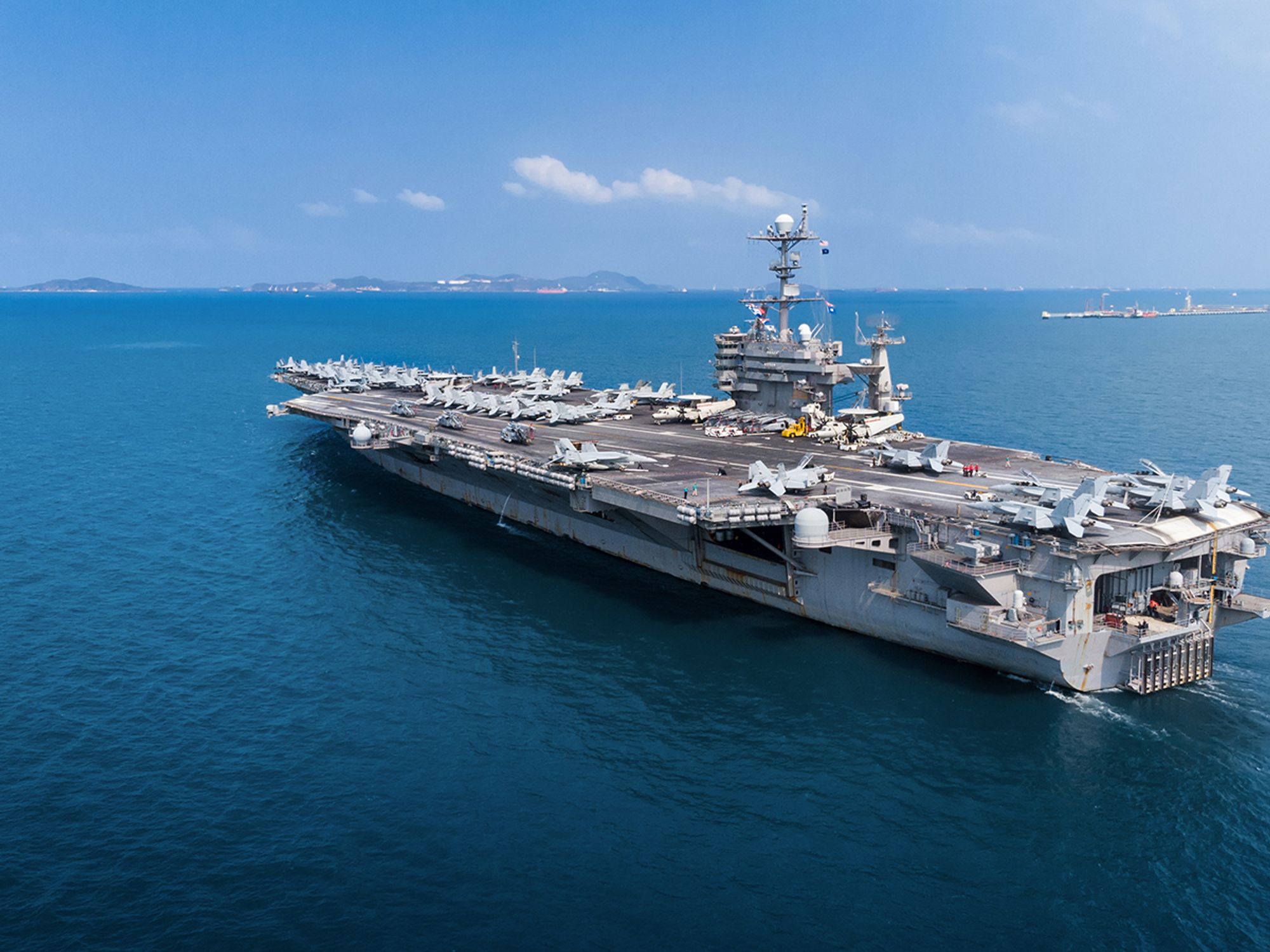InstituteUSERRAMilitary LeaveLeaveIn Depth (Level 3)LeaveUSAHuman ResourcesEnglishAnalysisFocus AreaAssociate Benefits & Compensation
Length of leave
['Leave']

- Employees may take up to five years of cumulative military leave while with an employer.
- Ten categories of service are exempt from the five-year limitation.
The job protection under the Uniformed Services Employment and Reemployment Rights Act (USERRA) applies for up to five years of an employee’s cumulative service with a particular employer.
Ten categories of service are exempt from the five-year limitation, as follows:
- Service needed beyond five years to complete a period of obligated service. Some military specialties, such as the Navy’s nuclear power program, require initial active service obligations beyond five years.
- Service from which employees, through no fault of their own, are unable to obtain a release within the five-year limit. For example, the five-year limit will not be applied to members of the Navy or Marine Corps whose obligated service dates expire while at sea. Nor will it be applied when service members are involuntarily retained on active duty beyond the expiration of their obligated service date. This was the experience of some who served in Operations Desert Shield and Storm.
- Required training for reservists and National Guard members. The two-week annual training sessions and monthly weekend drills required for reservists and National Guard members are exempt from the five-year limitation. Additional training requirements certified in writing are also excluded. These need to be certified by the Secretary of the service.
- Service under an involuntary order to, or to stay on, active duty during domestic emergency or national security-related situations.
- Service under an order to, or to stay on, active duty (other than for training) because of a war or national emergency declared by the President or Congress. This includes service not only by those involuntarily ordered to active duty, but also service by volunteers who receive orders to active duty.
- Active duty (other than for training) by volunteers supporting “operational missions” for which selected reservists have been ordered to active duty without their consent. These operational missions involve circumstances other than war or national emergency.
- Those volunteering to support operational missions. Those involuntarily ordered to active duty are covered by the fourth exemption above.
- Service by volunteers who are ordered to active duty in support of a “critical mission or requirement” in times other than war or national emergency, and when no involuntary call up is in effect. The secretaries of the various military branches each have authority to designate a military operation as a critical mission or requirement.
- Federal service by members of the National Guard to suppress an insurrection, repel an invasion, or to execute the laws of the United States.
- National Guard service authorized by the President or Secretary of Defense for responding to a domestic (homeland security) emergency.
